EUROLAB Submission
Writing submissions for conferences or applications are always interesting. It’s a good chance to clarify my ideas and get them written down in coherent forms.
Here is my submission for EUROLAB 2020 a conference for people using Laban Movement Analysis
Laban Movement Analysis is a great tool to define and explain the movement that I am working with. Different dance styles have different terms for their movements, but in modern dance where any type of movement is possible LMA helps to deepen the understanding of what is required.
The theme of emotions and connection are those which I have been working with recently. To explain the diagram at the bottom of the page briefly, there are 8 basic emotions and they are grouped in the flower shape by their intensity (closer to the centre, more intense, further away less). Surrounding the flower are words that combine the two nearest emotions together. It would be possible to term these words feelings.
The diagram is a base for my work with emotions to define them in movement and learn to express them at different levels of intensity. This is of course just the beginning…
EUROLAB Submission — Matthew Tusa
Emotions are a physical reaction coming from inside the body. They effect how the body moves, which can be defined using Laban Movement Analysis (LMA).
With 80% of communication being nonverbal, movement is a highly important part of our self-expression. Much of what is expressed physically through the body is emotional. This expression of emotion needs to be congruent and genuine to be believable. Authenticity of movement is critical in dance to convey emotions, portray roles and express ideas to an audience.
As a professional dancer and choreographer I have been using LMA to define and explore emotions in dance. I have found that there are typical movement patterns of shape and effort for different types of emotions. Through identifying a physical movement and recognising its meaning I have sorted them into emotional categories defined by Robert Plutchik (2002).
The use of LMA is to give dancers the knowledge and tools to deeper embody the meaning behind a movement and to be able to clearly and consciously express themselves in their performance. In doing so they develop their self-awareness and broaden their range and intensity of expression.
I would like the opportunity to present on my practical application of LMA in combination with the eight basic human emotions as defined by Robert Plutchik. I would like to show LMA use in developing emotions and expression in movement, from the perspective of a dance instructor and choreographer in the form of a lecture performance or workshop.
Plutchik, R. (2002) Emotions and Life, Amer Psycological Assn
